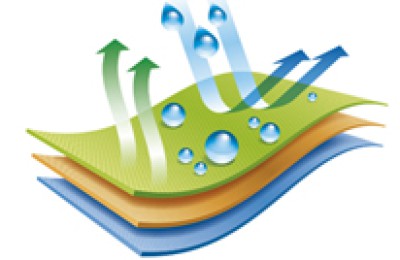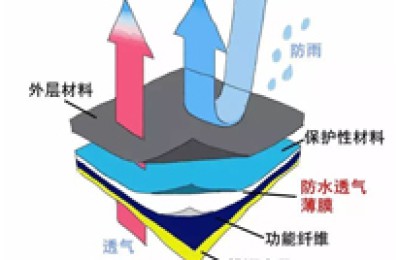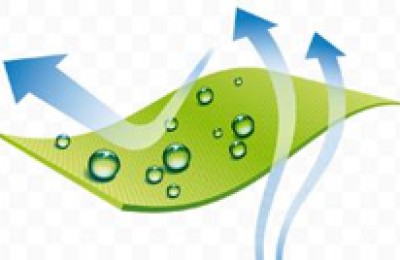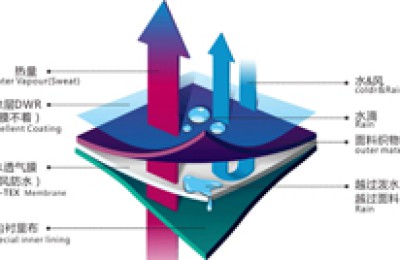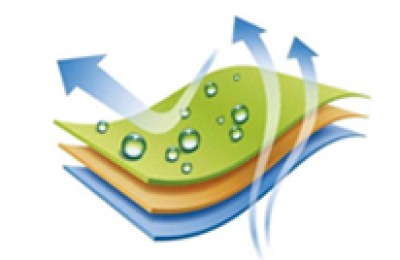At the beginning of the second half of the year, A-shares continued to rise, looking like a “bull market” scene. However, ethylene glycol did not seem to be boosted by market sentiment and showed a oscillating downward trend. On July 10, the main contract 2009 even fell by nearly 2.5% in a single day, falling below 3,500 yuan/ton again. As new equipment is still expected to be put into operation, and the contradiction between supply and demand is still prominent, ethylene glycol futures will run weakly in the later period.
The pressure for capacity expansion remains unabated
This year is a big year for domestic ethylene glycol production, with three units at Hengli Petrochemical, Zhejiang Petrochemical and Inner Mongolia Rongxin After being put into operation, the domestic annual ethylene glycol production capacity has been significantly increased to 13.712 million tons. In the second half of the year, the pressure to put domestic ethylene glycol into production will not decrease. According to the existing plan, a new device with an annual production capacity of nearly 4 million tons is planned to be put into operation. Among them, the Xinjiang Tianye Phase 4 600,000 tons/year unit and the Zhongke Refining and Chemical 400,000 tons/year unit are already in the trial operation stage and are expected to start supplying the market from July to August. It is conservatively estimated that the effective annual domestic ethylene glycol production capacity will reach 14.712 million tons in the second half of the year.
Since late May, several units that were previously shut down for maintenance have been gradually restarted, and the operating rate of domestic ethylene glycol units has also rebounded from the low in the past two years. Since the profits from ethylene glycol processing, especially those from the coal-making process, have been in a state of substantial loss for a long time, the production willingness of enterprises has been suppressed, and the recovery of the start-up of ethylene glycol units has been relatively slow. In the second half of the year, it is less likely that the operating load of newly put into production in China will remain low, while the probability of increasing the operating load of existing production capacity for the purpose of maintaining market share is high. The comprehensive operating rate of ethylene glycol will increase, and with the addition of production capacity Due to the impact of the base expansion, it is conservatively estimated that domestic ethylene glycol production will be around 5 million tons in the second half of the year, an increase of nearly 700,000 tons compared with the first half of the year.
Negative feedback from terminals gradually formed
The recurrence of overseas new crown pneumonia epidemics has caused a greater impact on the foreign trade export orders of terminal weaving. Although the domestic consumer market is gradually recovering, it is difficult to make up for it. Due to the gap caused by foreign trade exports, the terminal weaving market remains sluggish. With the arrival of the traditional consumption off-season, the operating rate of terminal looms has continued to fall. As of July 10, the operating rate of looms in Jiangsu and Zhejiang was 58.7%, a year-on-year decrease of 16.8 percentage points.
Poor end market demand is gradually transmitted upward to the polyester end. Since returning to a level of about 85% in mid-May, the pace of domestic polyester plant start-ups has slowed down. The main reason is that terminal demand has not returned to normal, resulting in the increase in output of polyester companies failing to be matched by the demand side. As a result, inventories in various links began to accumulate again. Under the dual influence of the arrival of the traditional consumption off-season and inventory pressure, domestic polyester plants have recently experienced concentrated production reductions or load reductions.
According to the current plan, as of the week of July 10, 485,000 tons/year polyester equipment has reduced production, and there will be 629,000 tons/year production equipment planned to reduce production before the end of the month, and production will be reduced later. There is potential for further expansion in scale. The formation of terminal negative feedback has led to a decline in the operating rate of polyester plants, and has also made it difficult to increase demand for ethylene glycol in the near future.
Port inventory pressure is increasing
In recent weeks, the planned arrival volume of ethylene glycol at East China ports has remained at a high level, with planned cargo arrivals of 200,000 tons per week. As mentioned above, the planned cargo arrival in the week of June 29 reached 311,800 tons, resulting in the port inventory continuing to be at a high level of about 1.3 million tons. Entering July, the pressure on cargoes scheduled to arrive at the port for ethylene glycol has not diminished, and the port inventory has further increased to 1.4 million tons. There is a serious phenomenon of stranded cargo arriving at East China ports. As long as there is no significant decline in planned cargo arrivals in the future, ethylene glycol stocks at East China ports will continue to remain high.
In short, in the second half of the year, the pressure on ethylene glycol production capacity is huge, but demand is difficult to keep up, and the contradiction between ethylene glycol supply and demand intensifies. The arrival of ethylene glycol cargo at East China ports remains at a high level, and the inflection point for port inventory destocking has not yet appeared, putting great pressure on ethylene glycol inventories. </p




